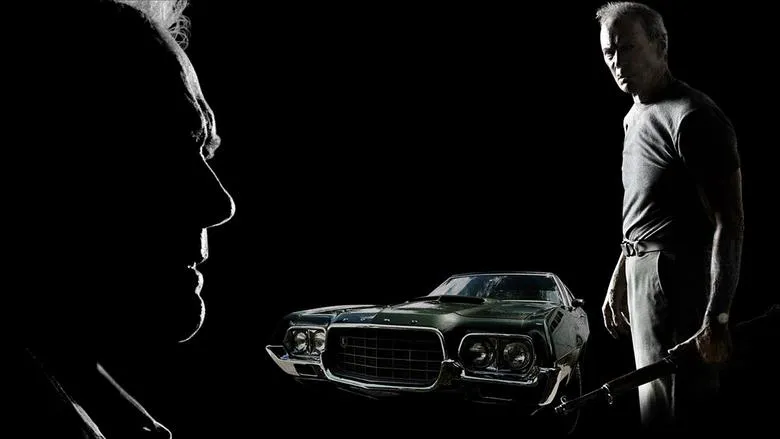Clint Eastwood’s “Gran Torino”: A Farewell Roar
Clint Eastwood is back on screen, growling, muttering curses, and if you don’t like it, his character Walt Kowalski might just show off his firearm collection.
A Gruff Old Man and His Prized Possession
Walt Kowalski, a hardened old man, buries his wife and finds himself alone in his suburban Detroit home. Next door lives a family of Asian immigrants, whom Kowalski, a Korean War veteran, doesn’t consider his equals. When their son, Thao, tries to steal the most precious thing the old man owns – a 1972 Ford Gran Torino – the old man decides he can’t let it go and takes it upon himself to “re-educate” the young man.
Echoes of Dirty Harry
When filming began on “Gran Torino,” rumors circulated that it would be another installment in the Dirty Harry series. However, this was quickly denied. The new film’s character didn’t work for the San Francisco Police Department; he was a retired auto mechanic with a different name. Yet, watching Kowalski chase gang members around the neighborhood, it’s hard to believe he has nothing in common with Inspector Harry Callahan. Eastwood imbued the new character with traits, habits, and principles of his most famous role, while also scattering references to the 1970s throughout the film. The most prominent of these is the titular Ford in Kowalski’s garage, his most prized possession, an embodiment of his golden past.
 .jpg)
.jpg)
A Cinematic Garage of Memories
The film “Gran Torino” is like a garage for Eastwood, filled with everything dear to the filmmaker’s heart. The early seventies were a golden era for him, just as they were for his character. It was the time of the first “Dirty Harry” film, and “Play Misty for Me” (1971) and “High Plains Drifter” (1973) launched his career on the other side of the camera.
A Farewell Performance
Even before the release of “Gran Torino,” Clint Eastwood announced that it would be his last on-screen appearance, marking the end of his acting career. He made his farewell to the audience modest but meaningful. The first half of the film is a series of comedic episodes, showcasing the clash between the conservative Walt and his well-meaning but utterly incomprehensible Asian neighbors. The second half is a heartbreaking drama in the vein of Eastwood’s later directorial efforts. The contrast works effectively, giving “Gran Torino” a greater impact than “Changeling.” But most importantly, Walt Kowalski is difficult to see as just a character. He is Callahan, he is Clint himself, and he is a dozen other characters all rolled into one, buying a suit, making a confession, and leaving forever, right there on the screen for the last time. The only reason for optimism is that Eastwood will continue to direct, hopefully at his current pace of two films a year.
